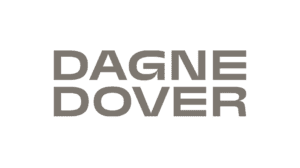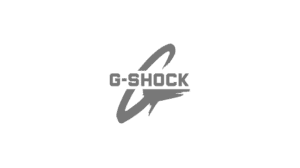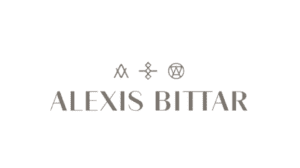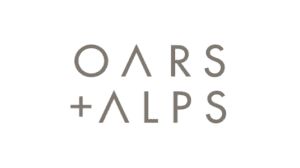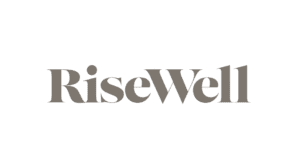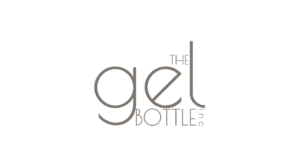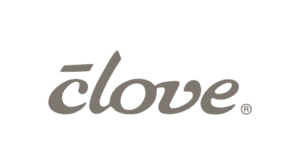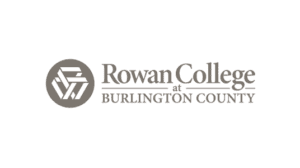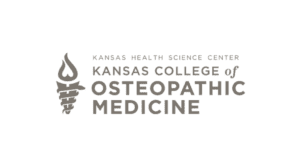In the realm of digital advertising, the strategies employed to maximize ROI are as diverse as the platforms themselves. When it comes to paid social media advertising on platforms like Facebook and Instagram, two primary approaches stand out: optimization and true A/B testing. While both aim to improve campaign performance, they differ significantly in their methodologies and long-term impact.
Optimization: The Art of Continuous Refinement
Optimization involves the constant refinement of ad elements based on ongoing performance data. Marketers leverage machine learning algorithms and platform insights to adjust variables like audience targeting, ad creative, and bidding strategies. This approach is akin to fine-tuning a musical instrument to produce the best possible sound.
By utilizing optimization, advertisers can swiftly respond to changing trends and audience behaviors. For instance, if a particular ad resonates more with a specific demographic, the platform will allocate more resources to display that ad to a broader audience within that demographic. This iterative approach ensures that your campaign maintains relevance and efficiency, driving better results over time.
- Continuous monitoring of campaign performance metrics, such as click-through rates, conversion rates, and cost per acquisition.
- Adjusting bidding strategies based on real-time data to optimize ad delivery and budget allocation.
- Refining audience targeting parameters to ensure ads reach the most relevant and engaged users.
- Tweaking ad creatives, headlines, and descriptions to maximize engagement and conversion rates.
- Testing different ad formats (e.g., carousel ads, video ads) to identify the most effective format for your audience.
- Adapting campaign elements based on seasonality, trends, and changes in user behavior.
- Utilizing platform-specific optimization tools to enhance product visibility and sales.
True A/B Testing: The Scientific Approach to Insightful Results
True A/B testing takes a more structured and scientific approach. It involves running controlled experiments by creating multiple ad variations, each differing in a single aspect, such as ad copy, image, or call-to-action. These variations are then randomly presented to different segments of the target audience. By carefully measuring the performance of each variation, advertisers gain precise insights into the impact of individual elements on campaign success.
Unlike optimization, which focuses on refining what’s already performing, true A/B testing allows marketers to make informed decisions about which specific changes yield the most significant improvements. For example, if you’re uncertain whether a humorous or a serious tone works better with your audience, A/B testing can provide concrete data to guide your creative choices.
- Identifying specific variables to test, such as ad copy, imagery, headlines, calls-to-action, and audience segments.
- Creating multiple versions of ads, each with a single variable changed while keeping other elements consistent.
- Implementing randomized distribution of ad variations to different segments of the target audience.
- Monitoring and collecting data on key performance metrics for each ad variation, such as click-through rates, conversion rates, and engagement rates.
- Analyzing the collected data to determine which specific changes had a significant impact on performance.
- Iteratively refining ad elements based on the insights gained from A/B testing results.
- Applying the knowledge gained from A/B tests to inform future campaign strategies and creative choices.
- Conducting follow-up tests to validate and build upon the findings of initial A/B tests.
Choosing the Right Path for Your Campaign
Both optimization and true A/B testing have their merits, and the choice between the two depends on your campaign goals and resources. If you’re seeking quick adaptations and overall improvements, optimization might be your go-to strategy. On the other hand, if you’re looking for deeper insights into the effectiveness of specific ad elements, true A/B testing is the path to take.
Remember that both optimization and true A/B testing are not mutually exclusive. They can complement each other, with optimization helping to fine-tune campaigns based on broader trends and A/B testing providing insights into the effectiveness of specific changes.
Ultimately, the choice between these approaches depends on your campaign objectives and the level of insight you’re seeking. Whether you’re aiming for ongoing refinements or in-depth analysis, a combination of both optimization and true A/B testing can help you make the most of your paid media advertising efforts on Facebook and Instagram.
Contact us to schedule a free consultation with our digital experts, and take the first step on your journey.








